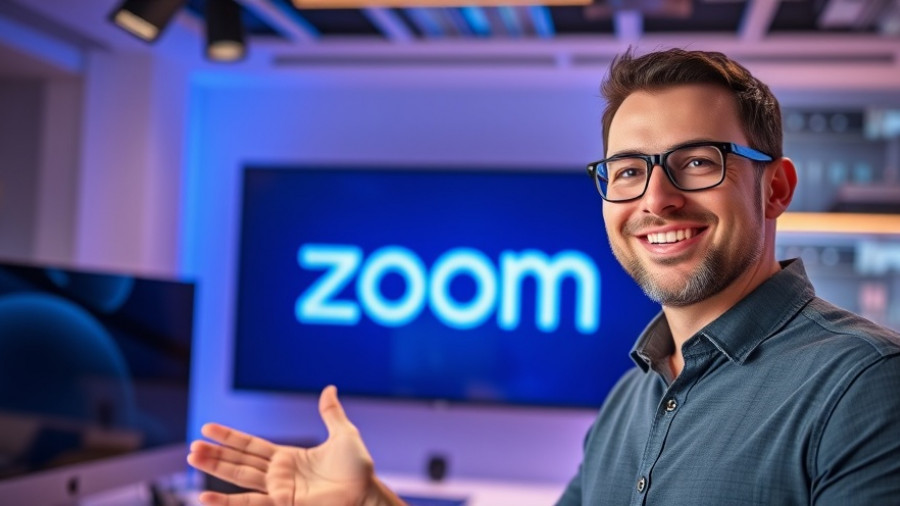
The Dawn of a New Era in Cloud Computing?
In a groundbreaking move that has sent shockwaves through the tech industry, OpenAI has reportedly struck a deal with Oracle to purchase a whopping $300 billion worth of cloud computing resources over the next five years. This agreement, if confirmed, could signal a paradigm shift in how artificial intelligence companies like OpenAI manage their computational needs.
What This Deal Means for OpenAI
As AI models continue to grow in complexity and capability, the demand for compute power has become paramount. OpenAI's decision to solidify its partnership with Oracle comes at a time when it is diversifying its cloud strategy, moving away from its prior reliance on Microsoft Azure. This new relationship highlights a growing trend where tech giants are forging alliances to fulfill robust operational needs.
Revolutionizing AI and Data Centers: A Look Ahead
With Oracle already supporting OpenAI's infrastructure since the summer of 2024, this latest move appears to be part of a broader strategy. OpenAI’s involvement in the Stargate Project, an ambitious initiative focused on domestic data center investments, indicates its commitment to expanding its operational footprint. The collaboration with Oracle, alongside investments from SoftBank, aims to enhance U.S.-based data center projects valued at $500 billion over the next four years.
Competitive Landscape: The Race for AI Supremacy
Interestingly, this deal comes on the heels of OpenAI reportedly also securing cloud resources from Google earlier this year, setting the stage for a competitive showdown among tech’s top players. As these companies race to define the future of AI, partnerships like this are critical for scalability and performance.
Wrapping Up the Implications
This landmark agreement could foretell significant changes not only in how OpenAI conducts its operations but also in the wider tech ecosystem as competitors gear up for a significant computational arms race. As the industry watches closely, the implications of this deal could extend well beyond just contracts and computing power.
 Add Row
Add Row  Add
Add 




Write A Comment